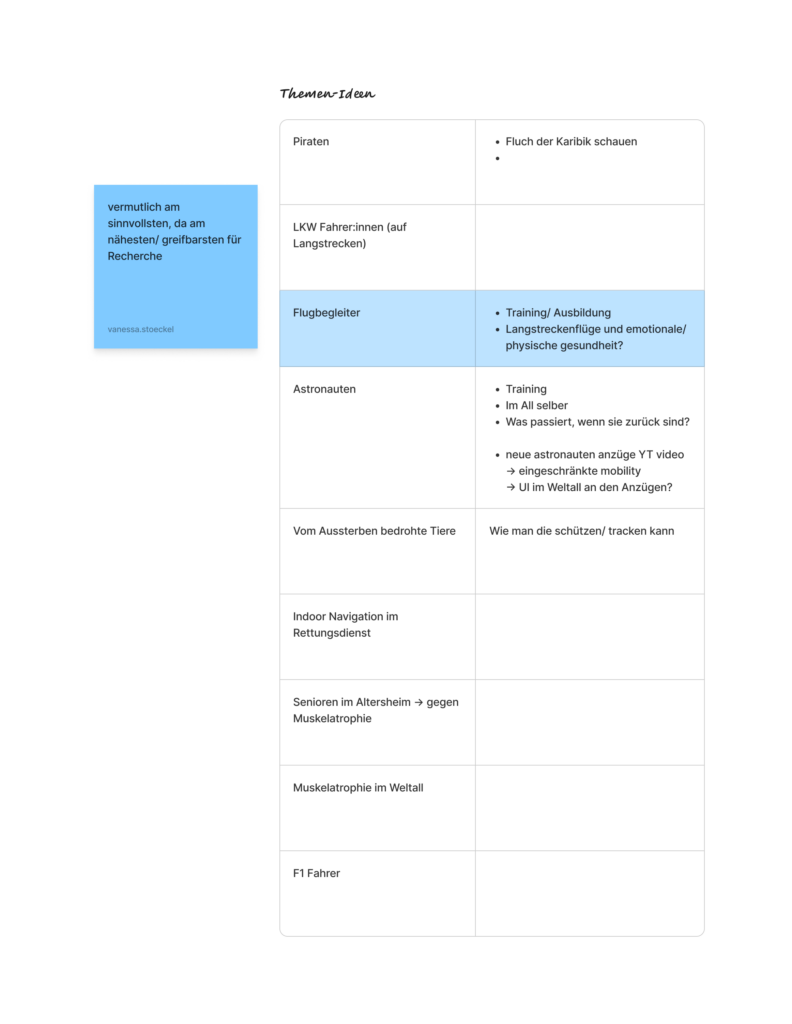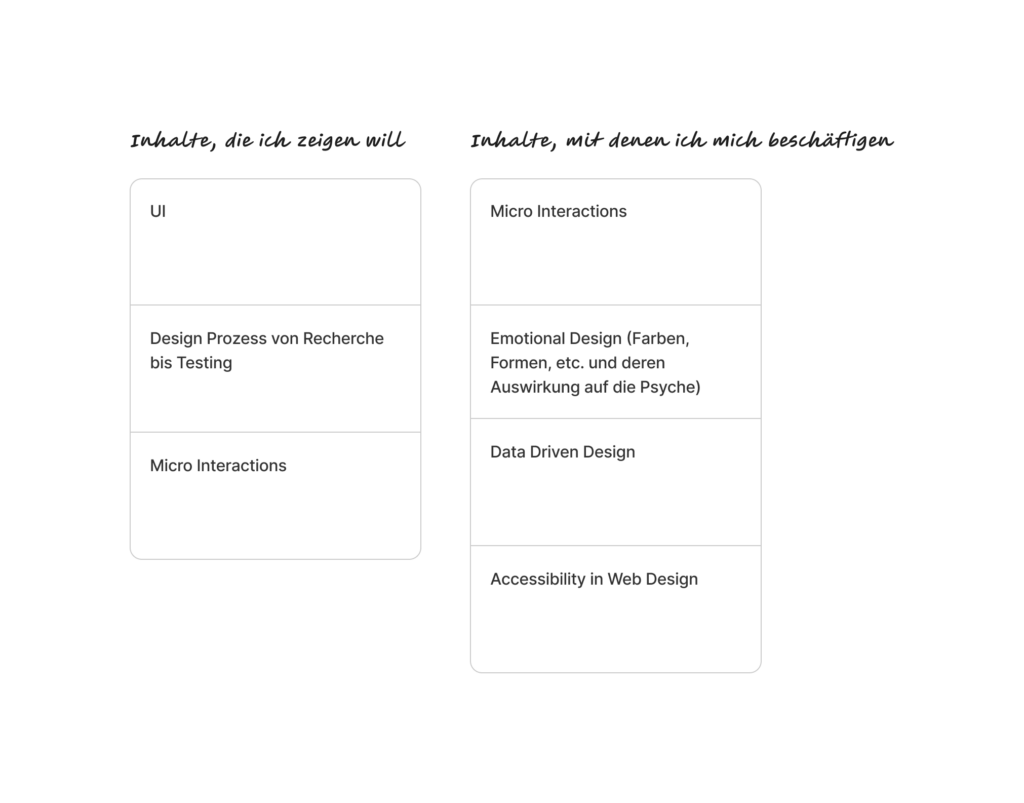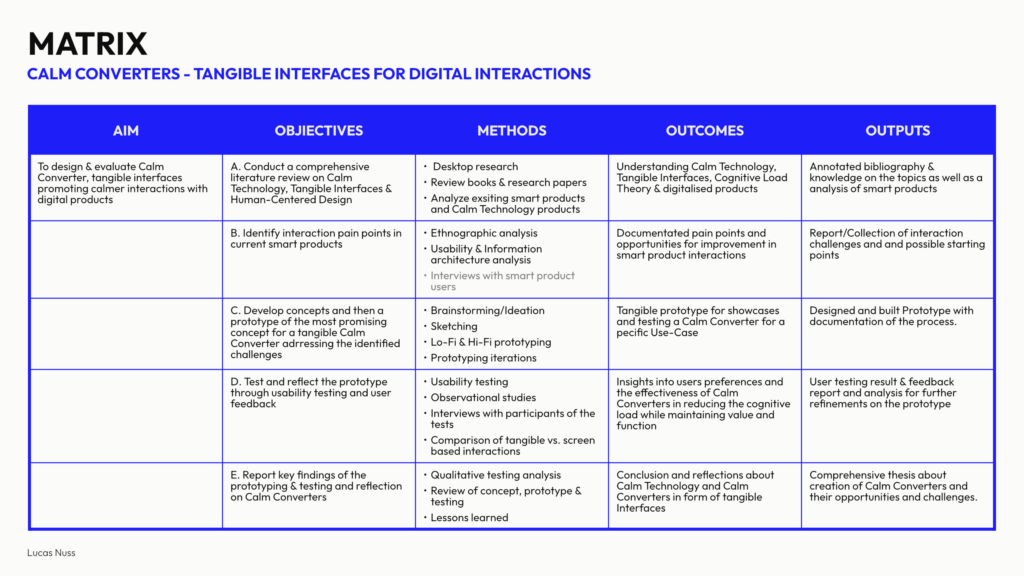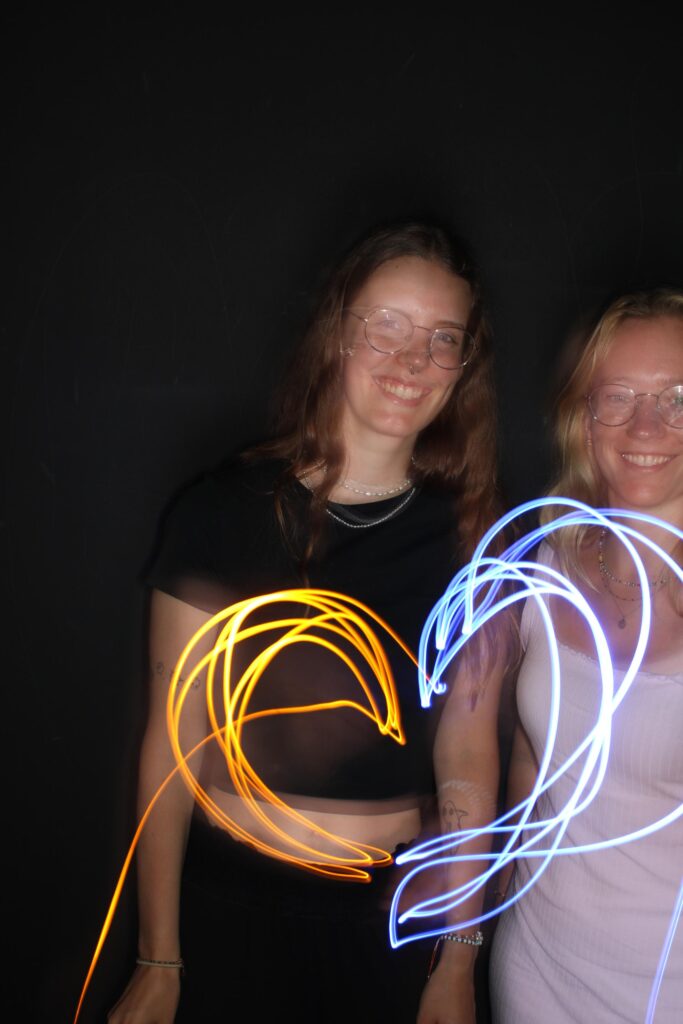Genealogy is a funny thing. We all say we want to know where we came from, but when it comes to actually documenting it, life gets in the way. That, and the realization that some of our ancestors weren’t as glamorous as we hoped.
As part of my master’s thesis research, I sat down for a private conversation with my partner, Esad to discuss family stories, legacy, and how technology fits into it all. This was a personal discussion meant solely for research, and while I won’t be sharing the transcript or audio, I’ve gathered key insights that will help shape the genealogy app prototype I’m designing.
Given that Esad is a developer, I expected a pretty technical take on things, but what I got was a mix of pragmatism, nostalgia, and an interesting critique of current genealogy platforms. His thoughts confirmed some of my ideas, challenged others, and — most importantly — helped me refine what a modern family storytelling app should look like.
—
The Digital Side of Family Legacy
Esad is as comfortable with technology as one can be — he literally builds digital tools for a living. When I asked if he’d be interested in preserving his family’s legacy, he didn’t hesitate: “Yes, but I don’t have time.” That, right there, is probably the biggest barrier for most people. We care about our history, but finding a way to document it in a meaningful way? That’s another story.
His approach to family history so far has been mental storage plus occasional notes. He started creating a partial family tree but never got around to completing it, mostly because there wasn’t a system that fit his needs. This was my first major takeaway:
People don’t just need a place to store family history — they need an intuitive, engaging system that makes them WANT to do it.
Esad’s preference? A graphical family tree where clicking on a person reveals photos, stories, and personal memories. He wants a structured yet interactive way to engage with family history, not just a database filled with dates and names.
—
Where Existing Genealogy Apps Fall Short
I asked if he had ever used MyHeritage or Ancestry, and his answer was a solid “Nope.” Not because they aren’t useful, but because they focus too much on DNA and historical records rather than actual storytelling.
He pointed out two major flaws in these platforms:
1. They overemphasize genetic data. While he appreciates the science behind DNA testing, he isn’t comfortable sharing biometrics with companies. Family history should be personal, not just another data point in a corporate archive.
2. They lack emotional connection. Genealogy isn’t just about tracing ancestors — it’s about preserving who they were, what they did, and the stories that made them unique. Most apps don’t provide enough space for personal anecdotes, traditions, or those little quirks that make families special.
For Esad, the ideal genealogy app wouldn’t just store information — it would tell a story. MyHeritage gives you names and birth dates; he wants to click on a relative and see their favorite quotes, listen to a recorded story, or view old letters and recipes.
This was another key insight:
A successful family history app should be more than a research tool—it should be a digital time capsule.
—
Accessibility and the “Grandma Factor”
We talked a lot about how different generations engage with technology, and this led to some interesting thoughts on accessibility.
When I asked if it was important for an app like this to be user-friendly for older generations, his response was clear:
“It’s important, but I don’t see elderly people starting a family tree on their own.”
Fair point. He believes younger and middle-aged users would drive the content creation, but there should still be an easy way for older family members to contribute. Instead of expecting them to build an entire profile from scratch, he suggested a simpler approach — like sending them a link where they can upload a photo or record a voice message without needing to navigate a complex layout.
This led me to a design realization:
Make it easy for older family members to contribute, but don’t force them to use an overly simplified app that sacrifices functionality for younger users.
One fun idea? Customizing the user interface based on age. A younger user could have a full-feature experience, while an older user gets a streamlined layout focused on consuming and contributing stories in the simplest way possible — but that could be very tricky to implement.
—
Social Features vs. Privacy: Striking a Balance
One of the more interesting points he raised was about not turning the app into Facebook.
While he likes the idea of tagging family members in photos or stories, he doesn’t want a system that pushes social interaction too aggressively. He prefers a passive discovery model, where he can click on a category (e.g., “Photography”) and see which relatives share that interest, rather than getting notifications that say, “Hey, your cousin also likes photography! Send them a message!”
Another big privacy concern? Direct messaging. He’d rather have a simple “request contact” feature instead of a built-in chat. This prevents the app from turning into yet another messaging platform while still allowing family members to connect.
Key takeaway: Balance discovery with privacy — people should be able to find shared interests without feeling like they’re on a social media app.
—
Final Takeaways: What This Means for My App Prototype
This conversation was incredibly valuable for shaping my thesis and the genealogy app prototype I’m building. Esad’s insights confirmed that genealogy tools shouldn’t just be about archiving the past — they should make history feel alive.
Here’s what I’m taking forward into my design:
1. Make storytelling a priority. A good family history app shouldn’t just collect names — it should preserve personalities.
2. Simplify contribution for older generations. Offer an easy way for them to add stories without forcing them through a complicated tech process.
3. Focus on engagement, not just data. A visual, interactive family tree makes history feel more dynamic and approachable.
4. Keep privacy in mind. Avoid unnecessary social media elements and let users control how much they share.
5. Use smart reminders. Instead of generic notifications, send personalized prompts based on family events or birthdays to encourage interaction.
—
Conclusion
This wasn’t just a research interview — it was a conversation about what family history really means in a digital world. Esad’s thoughts helped me see where genealogy app prototype succeeds, where they fail, and how I can build something that truly matters.
Ultimately, preserving family stories isn’t just about recording the past — it’s about creating meaningful connections in the present and future. The goal isn’t just to document history, but to bring families closer, one story at a time.
And hey — if my app prototype helps people avoid the frustration of tracking down great-grandpa Johan’s *actual* last name, I’d call that a success.





